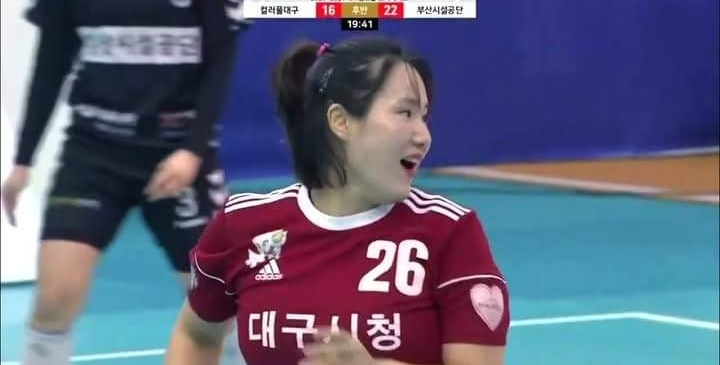Handball is a fast-paced and physically demanding sport, and one of its key rules aims to protect the players, especially goalkeepers, from unnecessary harm. The regulation regarding direct throws at a goalkeeper’s head reflects a crucial understanding: safety can coexist with competitive integrity. While the rule is specific to handball, its principles could offer valuable insights for other contact-oriented sports, such as water polo.
Goalkeepers are often the last line of defense in sports, facing high-speed projectiles aimed at their goal. In handball, the stipulation that a direct throw at the head results in a two-minute suspension for the thrower signals a commitment to player welfare. The criteria established—open shots without obstruction, clear hits to the head, and noticeable changes in the ball’s trajectory—create a clear framework for officiating. This not only allows for consistent penalties but also reinforces the idea that safety is paramount in sports where the likelihood of head injury is significant.
Translating this principle to water polo raises intriguing considerations. Goalies in water polo are regularly confronted with hard shots and unpredictable plays. Unlike handball, the aquatic environment can complicate the assessment of player safety due to the fluid nature of the game, where visibility and momentum play nondeterminative roles. However, the basic concept—penalizing actions that endanger the goalkeeper—remains relevant.
Implementing a similar rule in water polo would necessitate careful crafting. For instance, a direct shot to the head while the goalie is in a vulnerable position, especially if the ball undergoes a significant deflection or a distinct trajectory change, could be grounds for a foul. Such regulations would compel players to develop more skillful shot placements, promoting not only safety but also a broader range of gameplay techniques.
Safety regulations in water polo could also enhance the game’s overall appeal. The sport is already combative, combining elements of swimming, teamwork, and strategy, but adding a layer of protection for goalies can promote greater participation from individuals concerned about injury risks. In turn, this could lead to more competitive balance, as teams would have their goalkeepers more consistently available for play, minimizing absences due to injury.
Concerns about enforcing such rules may arise, given the fluid dynamics of water polo. However, modern officiating has evolved to include video technology that supports immediate reviews of contentious plays. By applying similar technologies to monitor plays near the goal area, referees could make more informed decisions about potential infractions related to headshots.
In summation, the protective measure seen in handball regarding headshots provides a worthwhile reference point for water polo. Striving for player safety should be a fundamental aspect of all sports. By potentially implementing a rule that penalizes direct shots to goalkeepers’ heads in water polo, the game could become safer and more enjoyable for athletes while promoting a culture that prioritizes player well-being over aggression. This evolution of the sport could ultimately attract more athletes, officials, and fans, fostering a broader appreciation for water polo while ensuring a safer playing environment.
